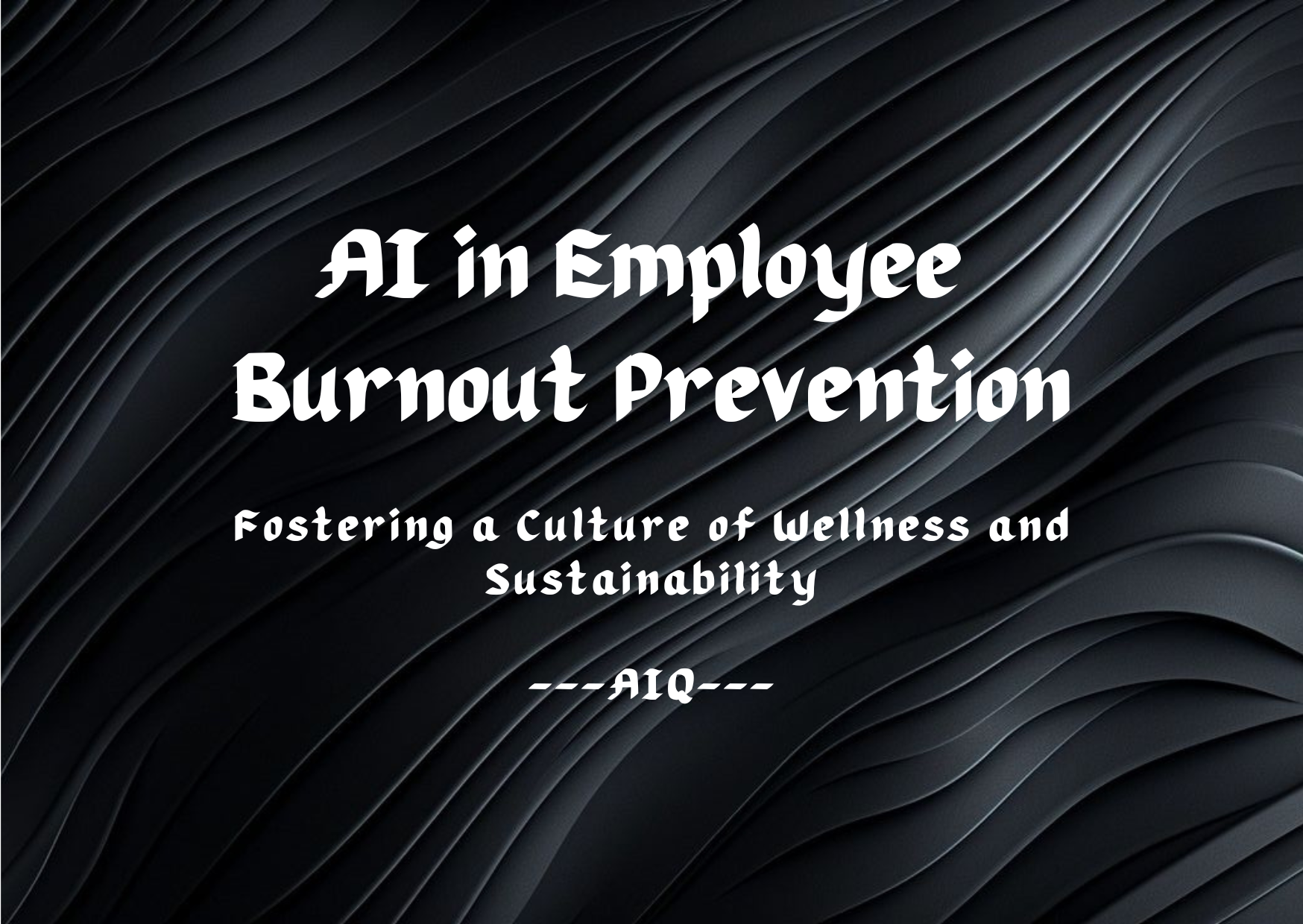Employee burnout is a growing concern in today’s fast-paced work environment, affecting not only individual well-being but also team performance and organizational productivity. Traditional approaches to managing workload and stress may not be sufficient to address the complex causes of burnout. Artificial Intelligence (AI) is now being utilized to develop proactive strategies for burnout prevention, offering a data-driven method to identify and mitigate the risks before they lead to serious consequences. This article explores the role of AI in preventing employee burnout, highlighting how technology can support the creation of a sustainable and healthy work culture.
The Importance of Preventing Employee Burnout
Preventing employee burnout is crucial for maintaining a motivated and productive workforce, reducing turnover, and ensuring the long-term health of employees.
AI’s Role in Employee Burnout Prevention
1. Stress and Workload Analysis
AI can analyze patterns in employee workload and stress levels, identifying potential burnout risks before they become critical.
2. Personalized Workload Adjustments
AI can recommend personalized workload adjustments, ensuring that employees are not overburdened and have a manageable schedule.
3. Well-being Check-Ins
AI can conduct regular well-being check-ins with employees, providing a supportive space for them to express their concerns and needs.
4. Mental Health Support
AI can offer resources and support for mental health, connecting employees with appropriate services and coping strategies.
5. Work-Life Balance Promotion
AI can help employees find a better work-life balance by suggesting time management techniques and identifying opportunities for leisure and relaxation.
6. Employee Engagement Monitoring
AI can monitor employee engagement levels, which can be an early indicator of burnout, and take proactive steps to re-engage team members.
7. Training and Development
AI can recommend training and development opportunities that help employees build resilience and stress management skills.
8. Organizational Culture Assessment
AI can assess the overall organizational culture to identify systemic factors that may contribute to burnout and suggest changes to promote a healthier work environment.
The Future of AI in Employee Burnout Prevention
As AI technology evolves, its role in preventing employee burnout will become more nuanced and proactive. Future developments may include AI-driven virtual coaches for stress management, real-time burnout risk monitoring, and predictive analytics for personalized well-being plans.
Conclusion
AI’s integration into employee burnout prevention is a significant advancement for organizations committed to the health and sustainability of their workforce. It offers a personalized, data-driven approach to identifying and addressing the causes of burnout, ensuring that employees are supported and empowered to thrive. By leveraging AI, organizations can create a culture that prioritizes well-being, leading to a more engaged, productive, and resilient work environment.
